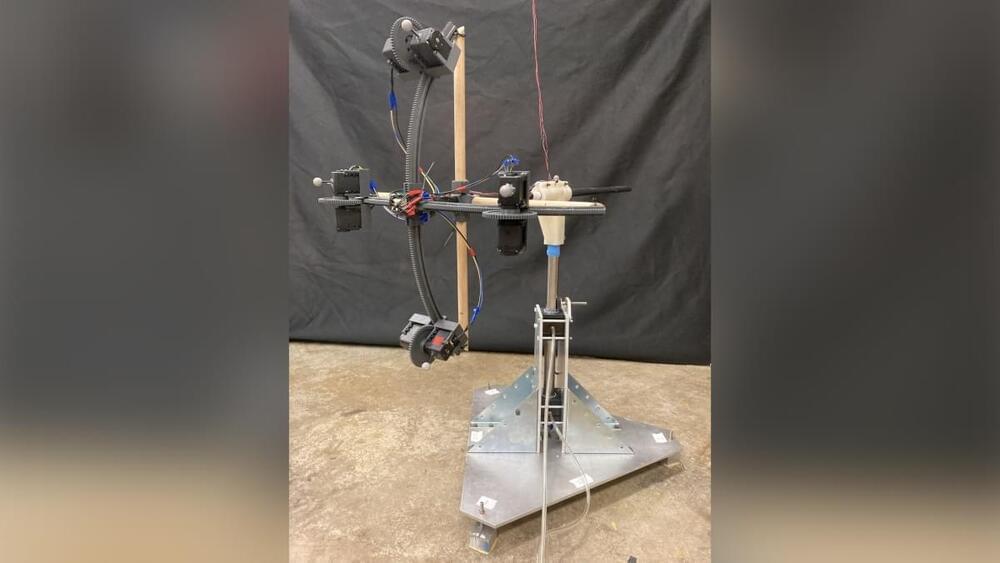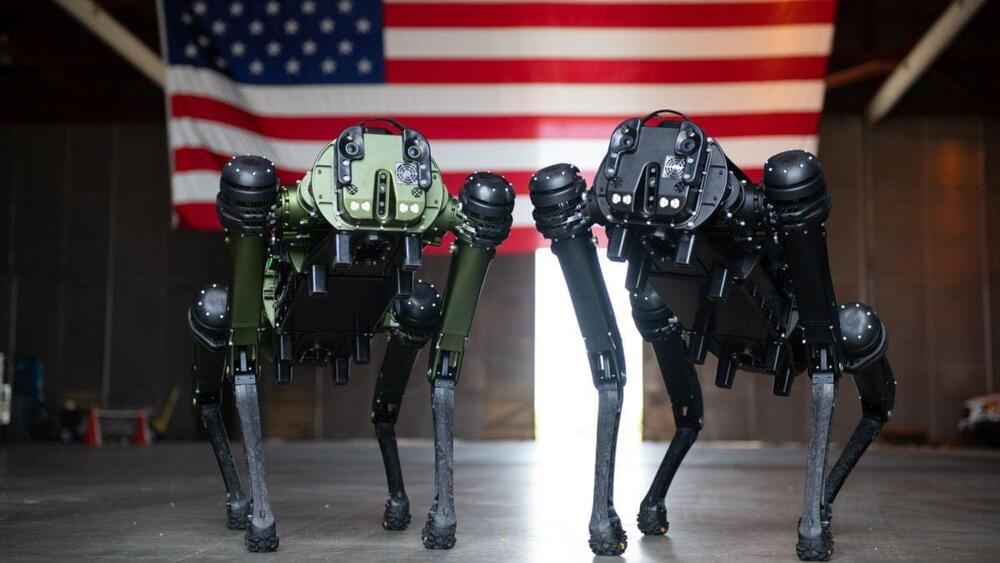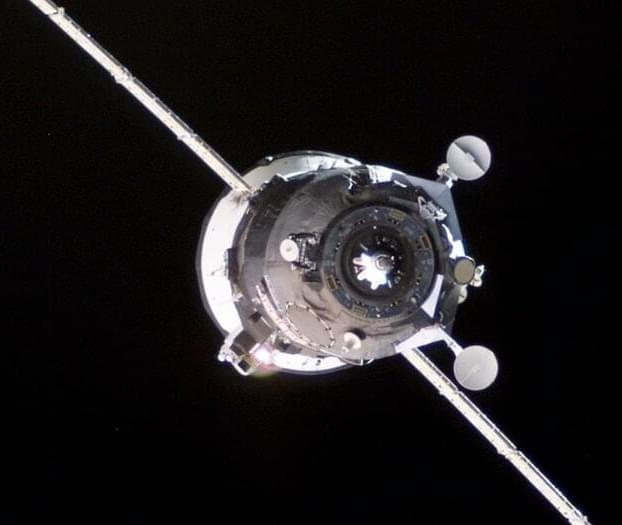This is the first definitive proof that the Moon inherited indigenous noble gases from the Earth’s mantle.
The Moon has long been a source of fascination for humans. The discovery is an essential piece of the puzzle in understanding how the Moon was formed. ‘Tom Dooley’ is the only instrument in the world capable of detecting such low helium and neon concentrations. A new study has found that Moon inherited the indigenous noble gases of helium and neon from Earth’s mantle.
Researchers from Eidgenössische Technische Hochschule (ETH), Swiss Federal Institute of Technology Zurich, discovered the first definitive proof that the Moon inherited indigenous noble gases from the Earth’s mantle, according to a study published in the journal Science Advances on Wednesday.
“Finding solar gases, for the first time, in basaltic materials from the Moon that are unrelated to any exposure on the lunar surface was such an exciting result,” said Cosmochemist Patrizia Will, study lead researcher at the Washington University, St. Louis.
The Moon has long been a source of fascination for humans. However, it was not until Galileo’s time that scientists began to investigate it seriously.
Over the course of nearly five centuries, scientists proposed numerous, heavily debated theories about how the Moon formed.
Now, a team of geochemists, cosmochemists, and petrologists has shed new light on the Moon’s origin story.









